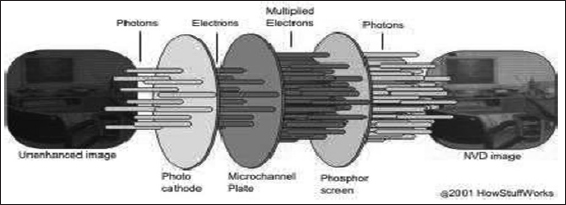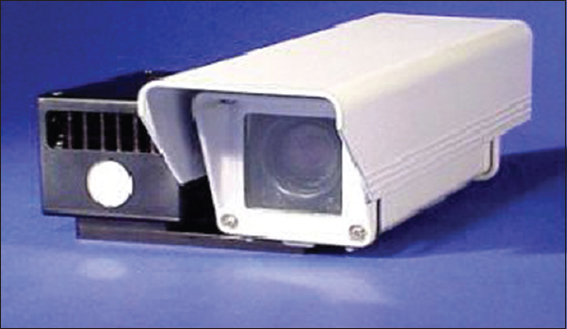A review of night vision technology
Nkolika O. Nwazor*, Stella I. Orakwue,
Department of Electrical and Electronic Engineering, University of Port Harcourt, Harcourt, NigeriaABSTRACT
Night vision technologies are technologies that enable visibility at a very low light intensity. This paper is on the review of night vision technologies. It covers the concept of night vision technology, different technologies and instruments involved in night vision, the areas of application of night vision, and the drawbacks of night vision technologies. The two major technologies involved in night vision, image enhancement, and thermal imaging were also explained. It finds great application in the military, law enforcement, and other security systems to mention but a few. Its major drawback is the cost of the device.
Keywords: Enhancement, image, light intensity, night vision, technology, thermal imaging







